Anjali Lama radiates with tenderness and infectious positivity. Born and brought up in a village in Nepal, Lama moved to the city of Kathmandu as a young adult to continue her education, with aspirations to attain a decent job to support her family. She fell into modeling by chance. As Lama pursued her career, she was met with constant rejection, but her determination eventually led her to walk in India’s Lakme Fashion week, making her the first transgender model to do so. She has since become a rising star in the industry, gracing the cover of Elle India and being in Calvin Klein’s International Women’s Day campaign, while walking the runway for Anita Dongre, Rohit Bal, Tarun Tahiliani, and Eka.
In the midst of a hectic work schedule, Anjali flew into her adopted hometown of Mumbai for the day to speak to us about her incredible journey, from growing into and asserting her identity, to defying norms in order to fulfill her dreams.
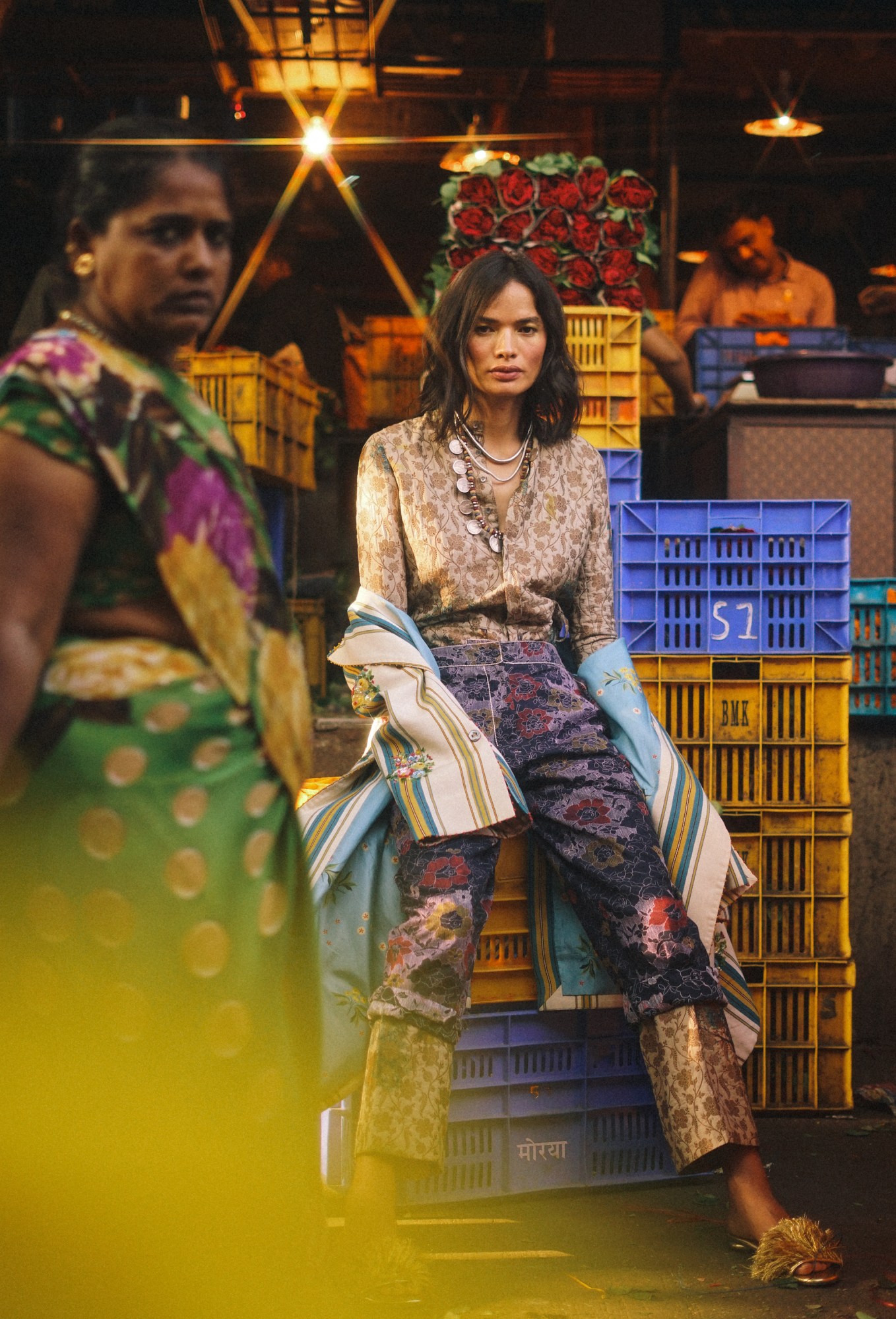
Growing up in Nepal, what was your childhood like?
I grew up in a farming family in the district of Nuwakot in Nepal, and I was the fifth of seven children. Our family was entirely dependent on farming, and it was a difficult life. Growing up, I always felt out of place, but I always felt a strong connection to women. In school, I was mostly friends with other girls, and teachers would make comments about why I was hanging out with girls instead of boys. They questioned how I chose to be myself. At home, my brothers would tease me about why I spent more time with my mother and sisters. Teachers, friends, relatives – everyone would constantly question me about who I was. It felt like mental torture.
What was your journey to accepting yourself as a transgender woman?
After I completed school, I moved from the village to Kathmandu to attend college, and to work and support myself and my family. One night, I was watching a show about transgender people at a friends house. That was the first time I realized there were so many people in the world who were like me. My assigned gender was male, but I liked to dress up and use make-up. However, I felt like I couldn’t tell anyone that the experiences of transgender people resonated with me.
In 2005, I was at my job working as a server at a restaurant, when I saw two transgender people, and they looked so beautiful to me. I stepped out and asked for them to help me because I identified with them, but I couldn’t express myself freely. They were so wonderful to me, and they told me about an organization called Blue Diamond Society that advocated for transgender rights. The next morning I visited the organization, which provided all sorts of facilities, such as training on your rights as a transgender person, self identity, safe sexual practices. That day was unforgettable. For the first time, I felt like I had finally accepted myself and my identity. I had been suffering from a constant internal storm, but that was the day I made peace with myself. I was beginning to learn so much about the transgender community, but I was also starting to know more about myself too.
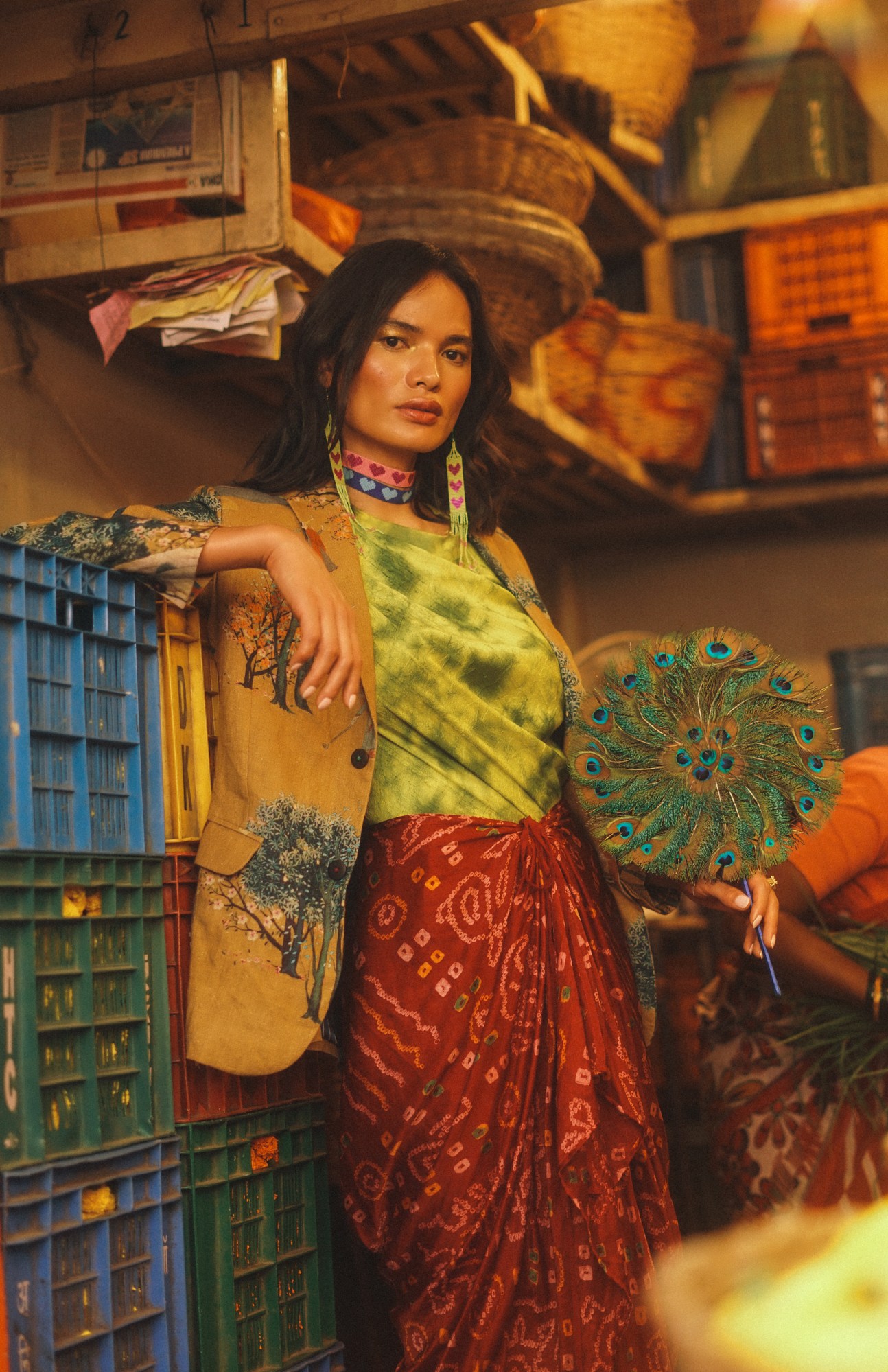
You’ve since become a celebrated model and a star in India’s fashion industry. Could you tell us about your journey to becoming a model?
It wasn’t a childhood dream of mine to become a model. When I moved from the village to the city, I didn’t have big aspirations. I just wanted to finish my education and earn a living to support myself and my family. Sometimes my friends and customers at the restaurant would tell me that I looked like a model. I didn’t even know what “model” meant! I just assumed they were complimenting me, so I would just smile and thank them! I was watching Fashion TV at a friend’s home one evening, and they were talking about how beautiful the models were. That was when I realized who a model was. Suddenly I found myself wishing that I could also be a model.
In 2007, a beauty pageant had been organized in Nepal for the transgender community, and I participated in it. I made it to the top ten finalists and won the title of Miss Charming! Even though I didn’t win, I felt like I learned so much from that experience that I could apply to modeling, from doing makeup to walking down a catwalk. Then I went to Bangkok to participate in Miss International Queen, and the Blue Diamond Society helped me with financing the trip. Once again I didn’t win, but I met so many beautiful and strong transgender sisters from all over the world. I returned to Nepal and started working at Blue Diamond Society, and in 2009, I got my first modeling break. A national magazine called Voice of Woman wanted to publish stories of transgender people, including mine, and I was featured on the cover with my friend.
I modeled in Nepal for a few years, but I wanted to go further and work internationally. Modeling had become my ‘junoon’ – my greatest passion. I felt like I had to do it. I decided to first try my luck in India.
In 2017, you were the first transgender model to walk the runway at Lakme Fashion Week. What was that experience like?
I first wrote to the organizers to be certain that I would be given the space to participate as a transgender model. An organizer replied and said that I could come for the audition. I made the second round but wasn’t chosen for the final selection of models and returned to Nepal. It was really intimidating, being amongst established and international models. The following season, I auditioned for Lakme Fashion Week again. I wasn’t selected again! I went back to Nepal and thought that maybe it wasn’t for me, and I had spent almost all my money traveling back and forth. But a part of me was still so determined! I decided I needed to move to India for my career, so I resigned from my job, took my savings, and moved to Mumbai.
I started e-mailing agencies and photographers, but I wasn’t getting any positive responses. In December I auditioned for Lakme Fashion Week – again! This was the third time. I did everything to prepare myself. I was searching online and making notes how to walk, what to expect, how to pose – doing everything I could to prepare! I hadn’t ever even prepared this much for school as a student; I probably would’ve had amazing grades if I had! This time I didn’t care if there were models who were younger, taller or more beautiful; I wouldn’t be intimidated. Ultimately the most important thing is to just be yourself. Of the two hundred models who auditioned, only five were selected, and I was one of them.
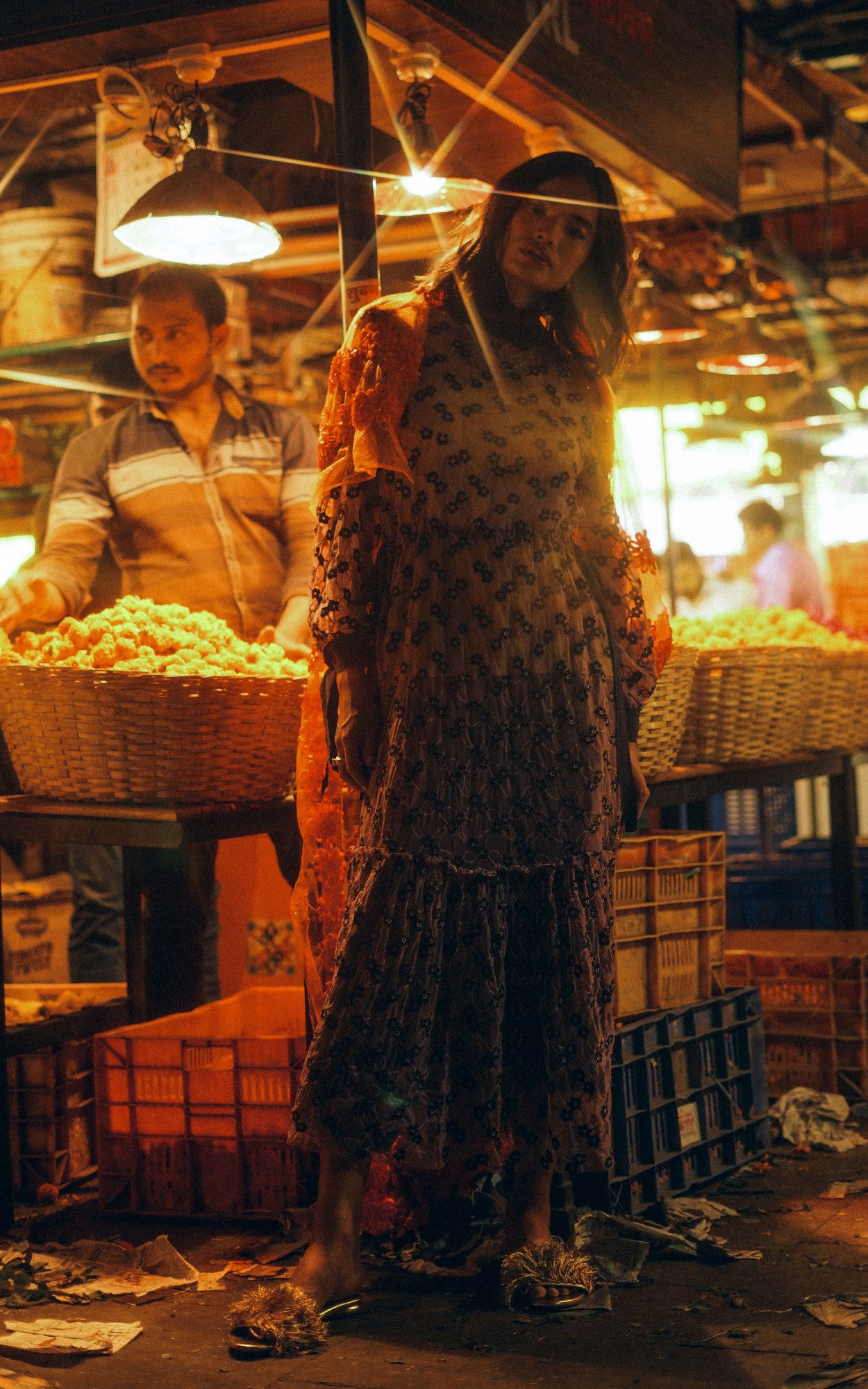
Over the past few years, Nepal and India have made policy changes with regard to transgender people. How has this impacted your life and have you encountered any obstacles?
Things in Nepal are better than what it used to be like for transgender people, but a lot still needs to change. When I moved to India, I used to be scared for my well-being. I didn’t feel protected. Living in Mumbai as a trans woman, no one would rent their home to me. At my first agency, I wasn’t getting good jobs and they canceled my contract after a year. I was worried about what would happen next, and other agencies weren’t willing to sign me because of how I identify. One agency even said to me, “Good luck, but you are not like our kind.” Despite my achievements, I still face problems. I don’t get work that pays very well, and as I support myself entirely, that worries me, especially when living in such an expensive city like Mumbai. My passport and identification papers still identify me as male. There’s still a lot of work that needs to be done.
Are there any people or organizations that have inspired you?
The Blue Diamond Society has had such a huge impact on my life. My boyfriend has also been a pillar of support for me. My biggest inspiration and my role model was my mom, who passed away a few years ago. She was my biggest strength, and I live by her wisdom. She used to always tell me that whatever happens in life, don’t lose hope. Whatever problems you have, don’t run away from them but face them, grow from them and move forward.
Do you have any advice for those who are struggling with their identity?
One of the most challenging things about coming into your identity is that you first have to assess who you are. You have to accept yourself for who you are. You can’t expect anyone to accept you until you can do so. Be yourself – be happy with and love who you are.
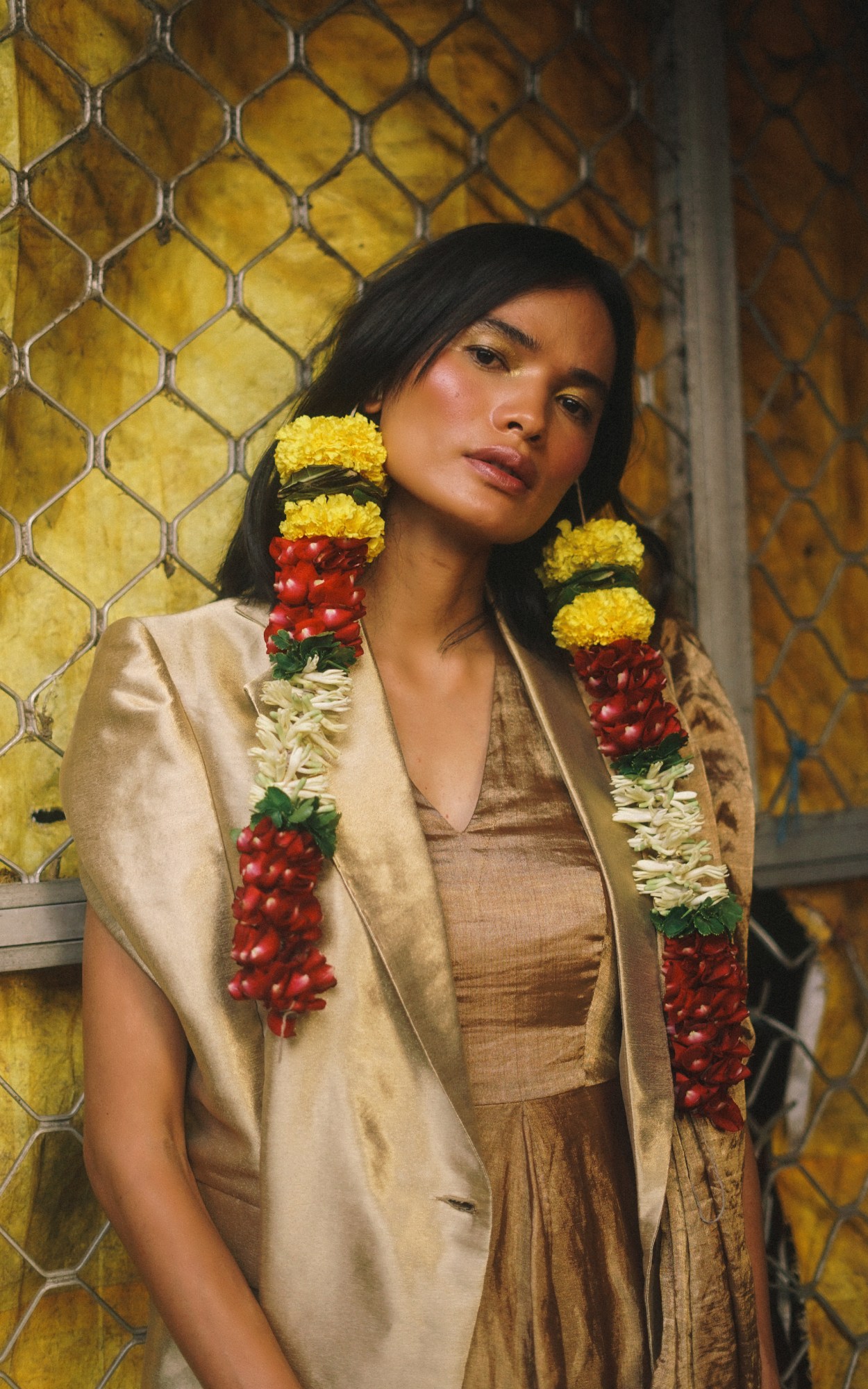
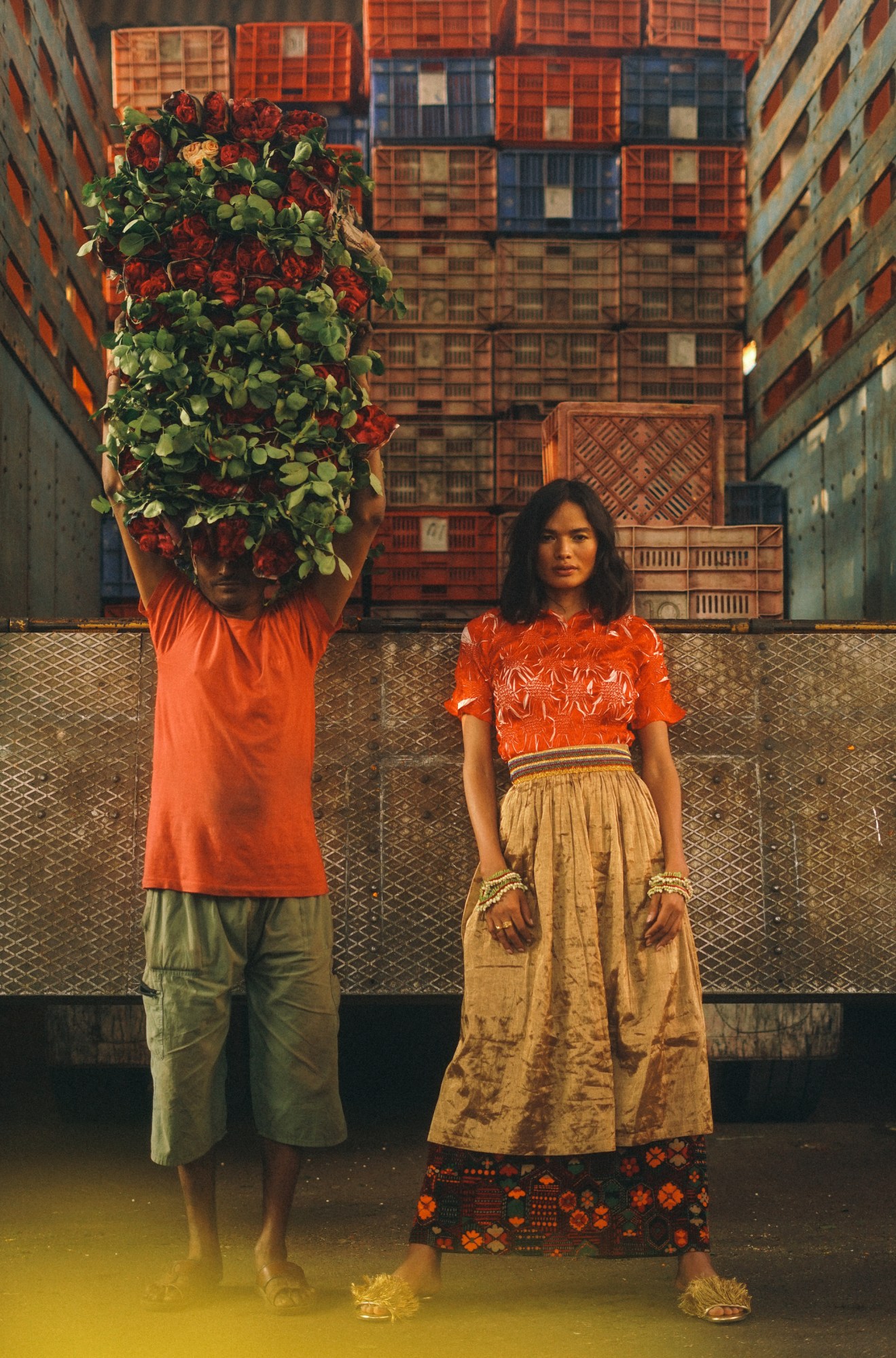
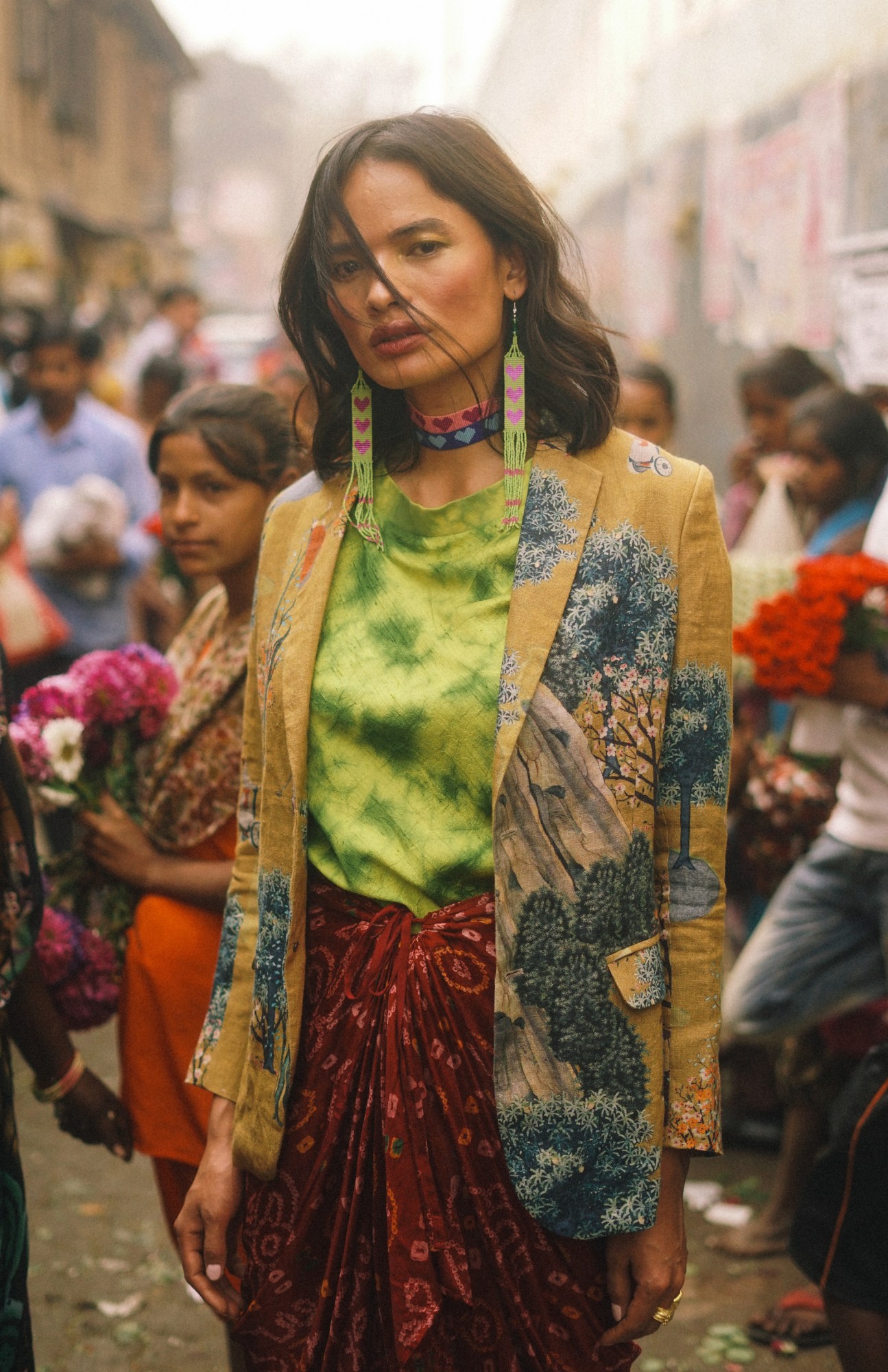
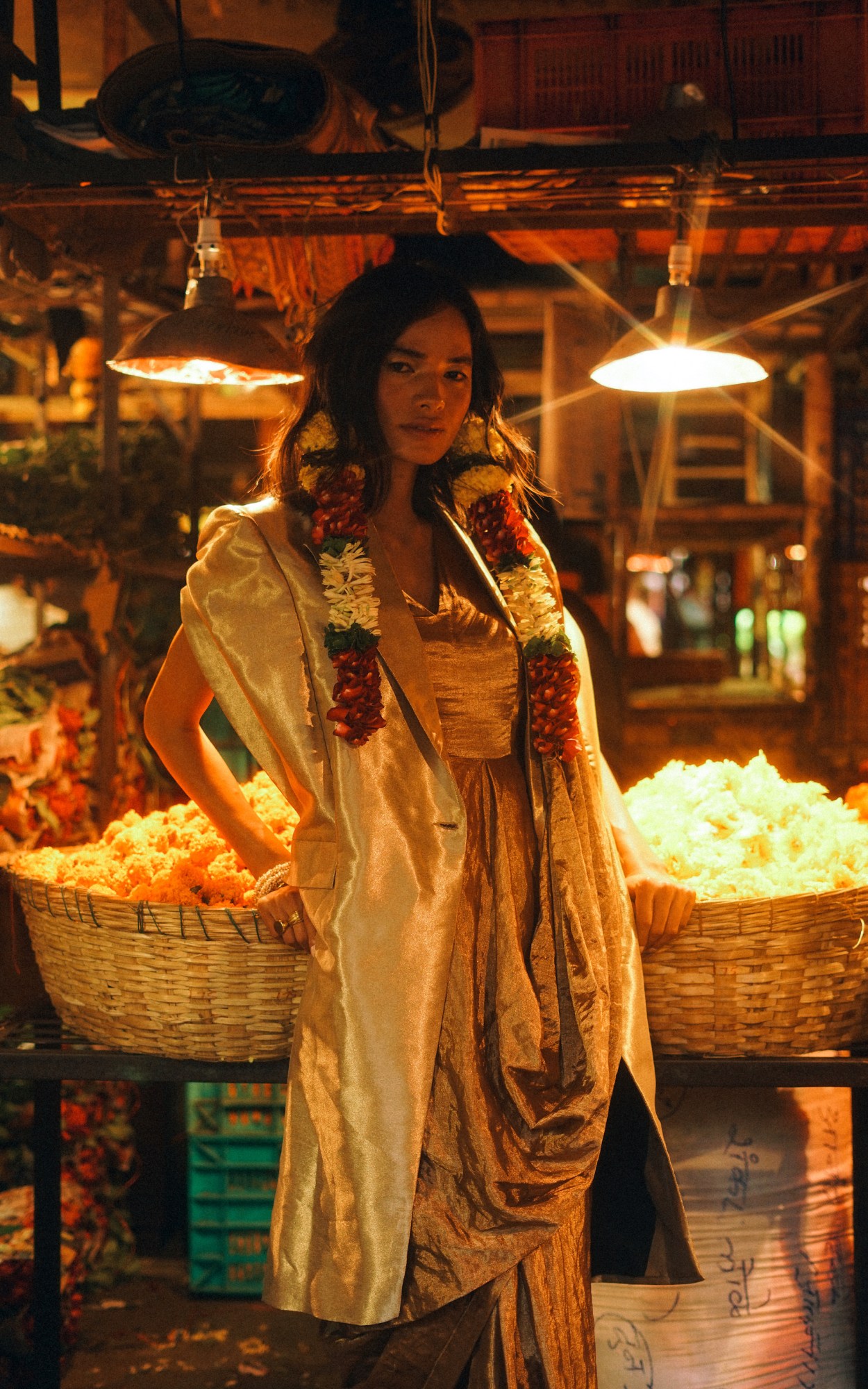
Credits
Photography: Harshvardhan Shah Styling: Kanika Karvinkop Hair and makeup: Kritika Gill Art Direction: Natasha Sumant, Harshvardhan Shah Model: Anjali Lama at feat cast
